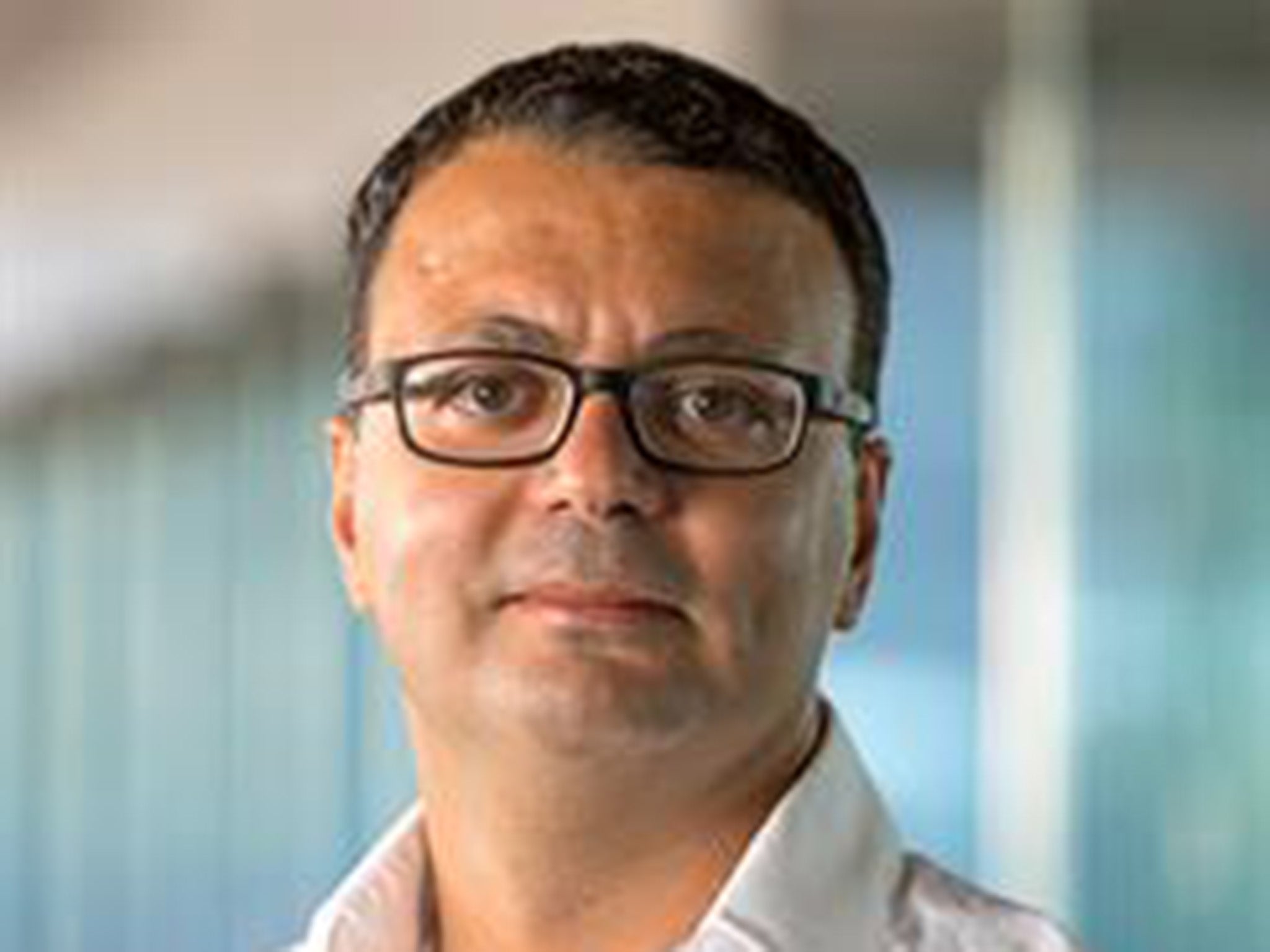The Red Sea and the climate crisis
Professor Ibrahim Hoteit leads a team charting the history of the Red Sea – and what it can tell us about its future and the wider issues facing the world

Your support helps us to tell the story
From reproductive rights to climate change to Big Tech, The Independent is on the ground when the story is developing. Whether it's investigating the financials of Elon Musk's pro-Trump PAC or producing our latest documentary, 'The A Word', which shines a light on the American women fighting for reproductive rights, we know how important it is to parse out the facts from the messaging.
At such a critical moment in US history, we need reporters on the ground. Your donation allows us to keep sending journalists to speak to both sides of the story.
The Independent is trusted by Americans across the entire political spectrum. And unlike many other quality news outlets, we choose not to lock Americans out of our reporting and analysis with paywalls. We believe quality journalism should be available to everyone, paid for by those who can afford it.
Your support makes all the difference.In 2009, King Abdullah University of Science and Technology (KAUST) opened its doors on the banks of the Red Sea. The sprawling site is home to scientists from all over the world, drawn to its focus on innovation and sustainability.
KAUST does not deal in departments, encouraging academic crosspollination and fostering a multidisciplinary approach to learning. It also works closely with national projects that form part of the Saudi Green Initiative, which seeks to drives action on the climate crisis. It is partnering with NEOM on the world’s largest coral garden, while its smart health initiative supports international tech start-ups. One, in Boston, is currently developing a vaccine to help combat coronaviruses.
In fourteen short years, the university has achieved significant breakthroughs. Those in the area of climate modelling, an area headed by Professor Ibrahim Hoteit, are arguably the most impressive. Originally from Lebanon, Professor Hoteit comes from a family of scientists; after studying mathematics in Grenoble, he became interested in the subject’s more practical applications – notably, how maths might help us better study and understand the ocean.
After completing a PhD, he spent eight years as a researcher at the Scripps Institution of Oceanography in San Diego. He’s been at KAUST ever since it opened, his research using complex Navier-Stokes equations, which model fluid flow, to develop formulas that reconstruct the movements of the Red Sea during the past forty years.

This work reveals how best to optimise the use of the Red Sea as a natural resource. It loses two metres of water per year to evaporation, and the data gathered at KAUST allows the country’s providers to balance their reliance on hydraulic energy with the preservation of the marine ecosystem.
The data also allows supercomputing facilities at KAUST to prevent potential disasters. In 2019, the explosion of an Iranian oil tanker in the Red Sea caused a spill near Jeddah, only an hour from the university. Their cutting-edge technology mapped out exactly how the oil would spread (based on currents), allowing the Saudi authorities to curb the damage by setting up defensive measures. “I am proud of the unique modelling and forecasting system that we have created, and continue to improve,” Professor Hoteit says.
Global warming is a major concern for all at KAUST, and for oceanographers in particular. But Professor Hoteit’s research has hopeful findings. It suggests that although temperatures in the Red Sea are rising, what affects the rate is interesting.
The Red Sea is something of a maverick. As the world’s northernmost tropical sea, its ecosystem is nourished by nutrients, stirred up from the ocean floor by currents which change seasonally with the monsoon in the Indian Ocean. The water is cooler the closer it is to the surface. The deeper it gets, the warmer it becomes. It is this contrast of hot and cold, and the different types of plankton that flourish in alternate temperatures, that makes the unique wealth of tropical seas and ensures their coral reefs continue to bloom.
The volcanic eruption of Mount Pinatubo in the Philippines in 1991 formed a layer of global haze which caused global temperatures to drop by as much as 0.5 degrees Celsius in the following year. “Because our ocean mapping fields meteorological data on a global scale, we were able to identify a link between the eruptions and what happened in the Red Sea,” Professor Hoteit says.

The technology at KAUST recreates 1992’s event in detail. “When the water on the surface became cold as a result of the global temperature drop, it became denser, and it sunk,” Professor Hoteit explains. The cooler water travelled from the shallows into the depths. This is crucial, the expert notes, because the nutrient uptake of phytoplankton, lifeblood of foodchains in the ocean, is directly affected by water temperature.
Variance in temperature occurs – with Professor Hoteit suggesting that "his kind of phenomenon is important because it ventilates and rehydrates the deeper waters”. The research at KAUST points towards a decadal variability of the Red Sea’s surface temperature, related to the influence of a 70-year cycle in the North Atlantic, known as Atlantic Multidecadal Oscillation (AMO). Professor Hoteit and his team suggest another cooling of the Red Sea in the coming decade, before it reaches new heights in the 2030s.
The Red Sea will heat up in the long run, but the team led by Professor Hoteit believes that oscillations from one decade to the next bring a variable pace. There is hope among the researchers that the Saudi Green Initiative could slow this increase, with innovations like carbon capture and various regenerative projects along the coastline helping the balance between man and nature.
Join our commenting forum
Join thought-provoking conversations, follow other Independent readers and see their replies
Comments